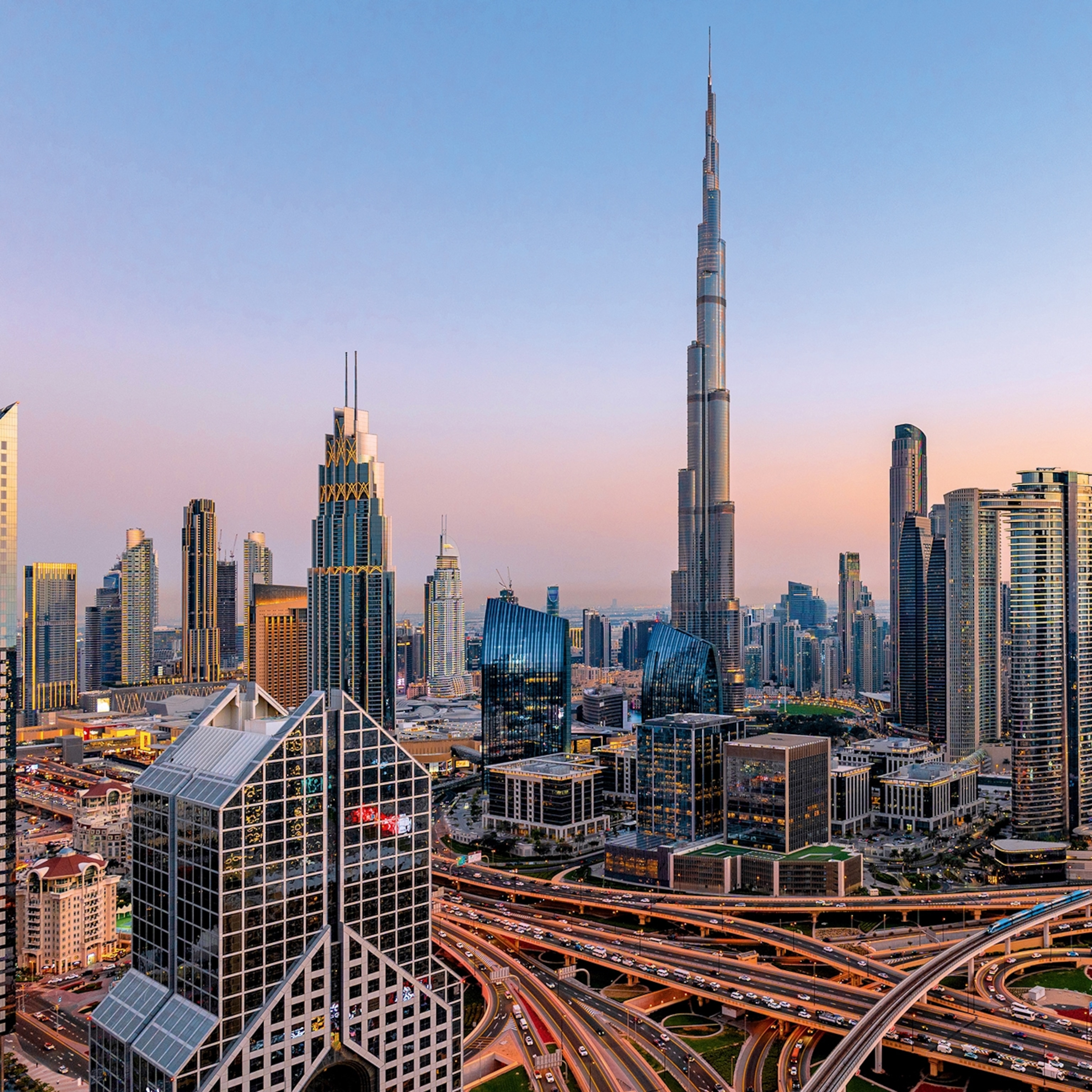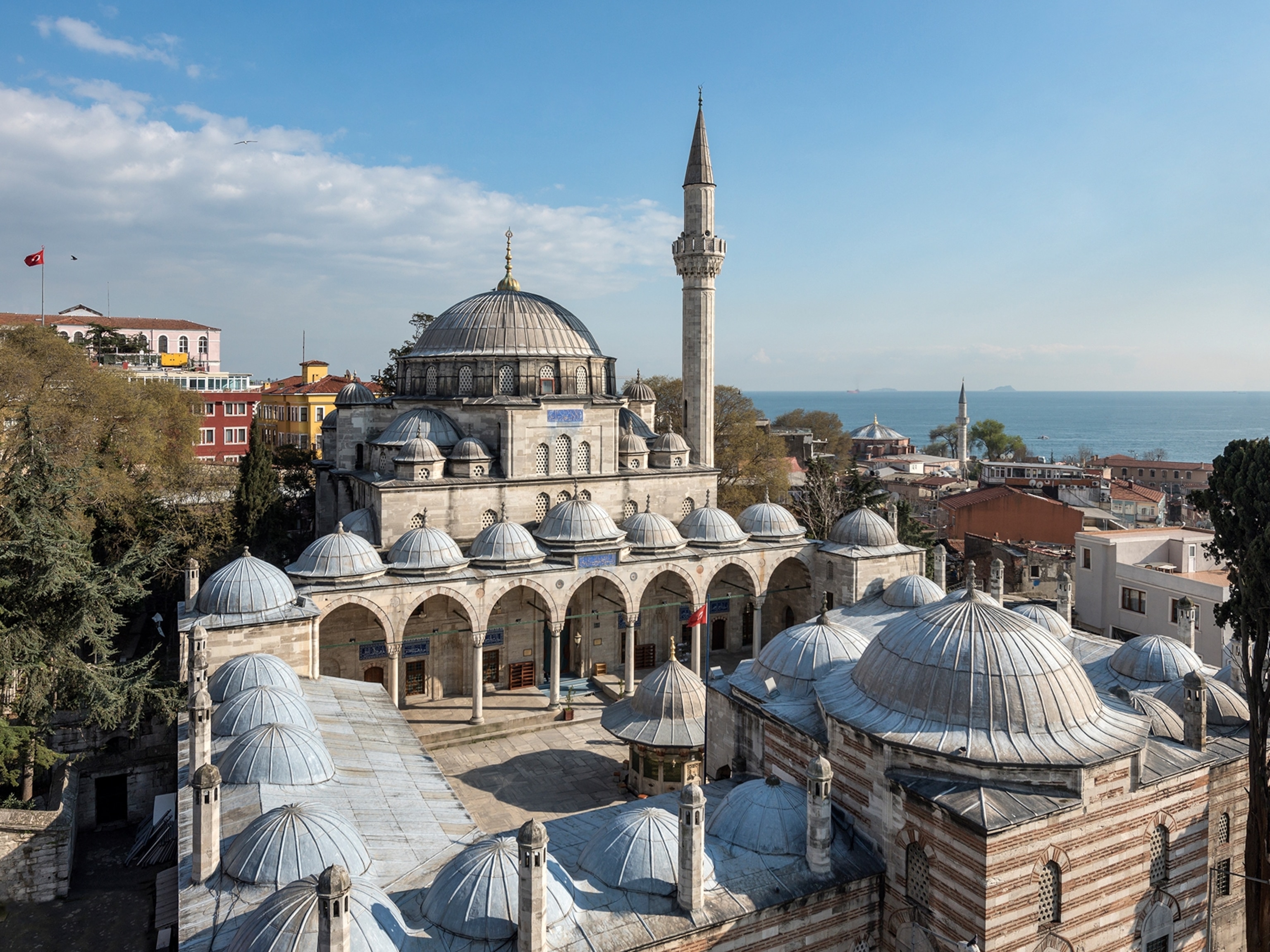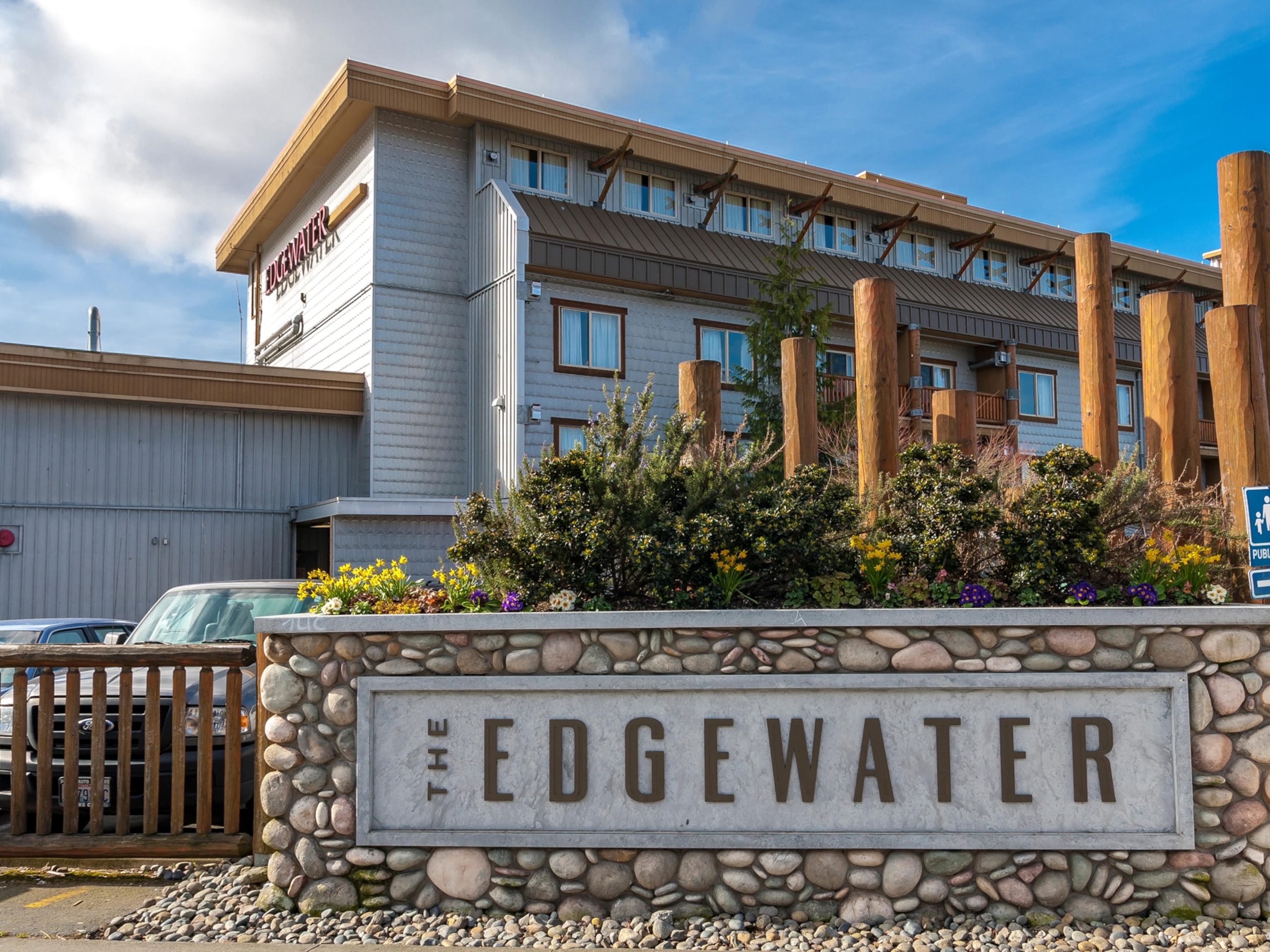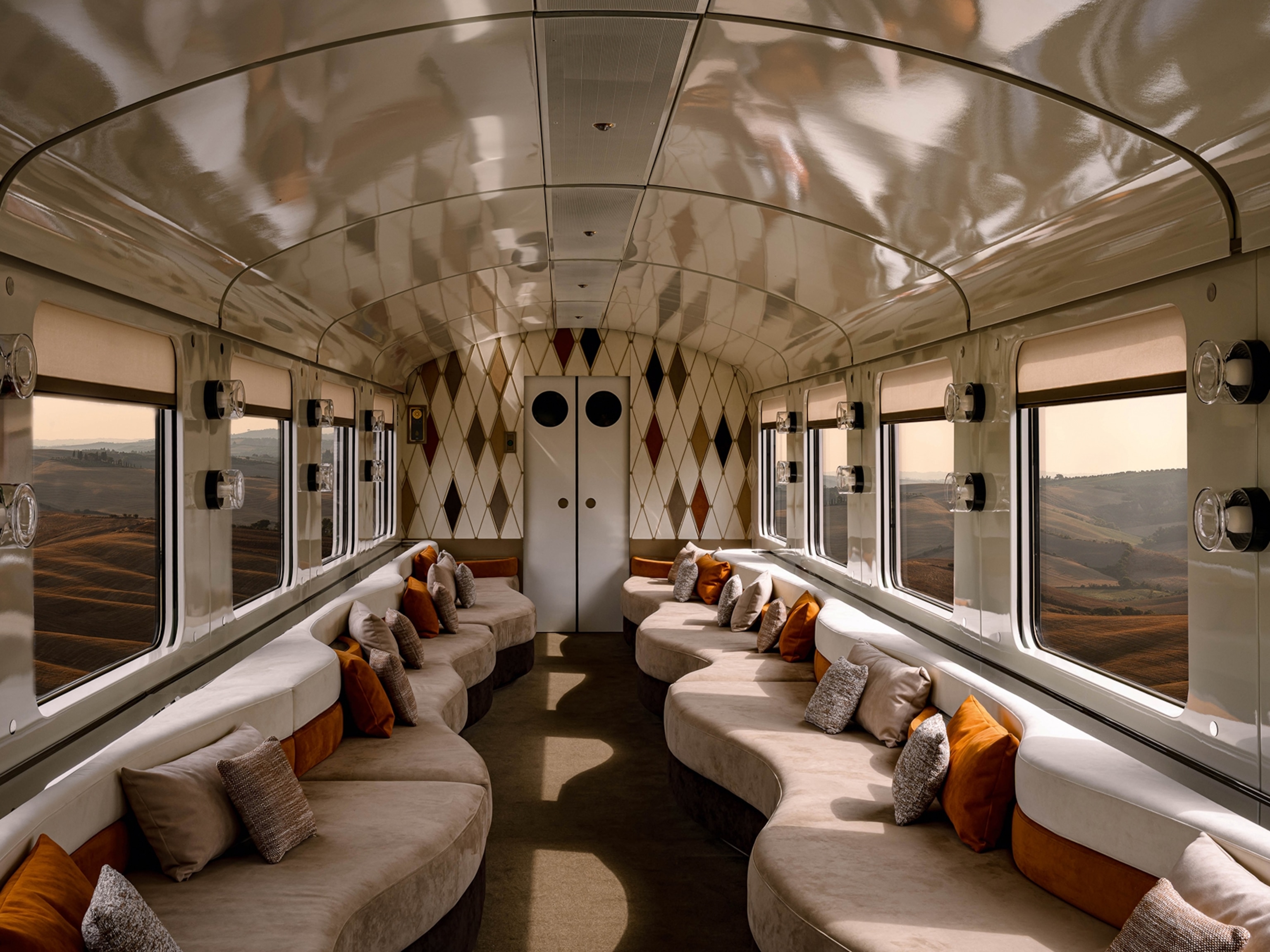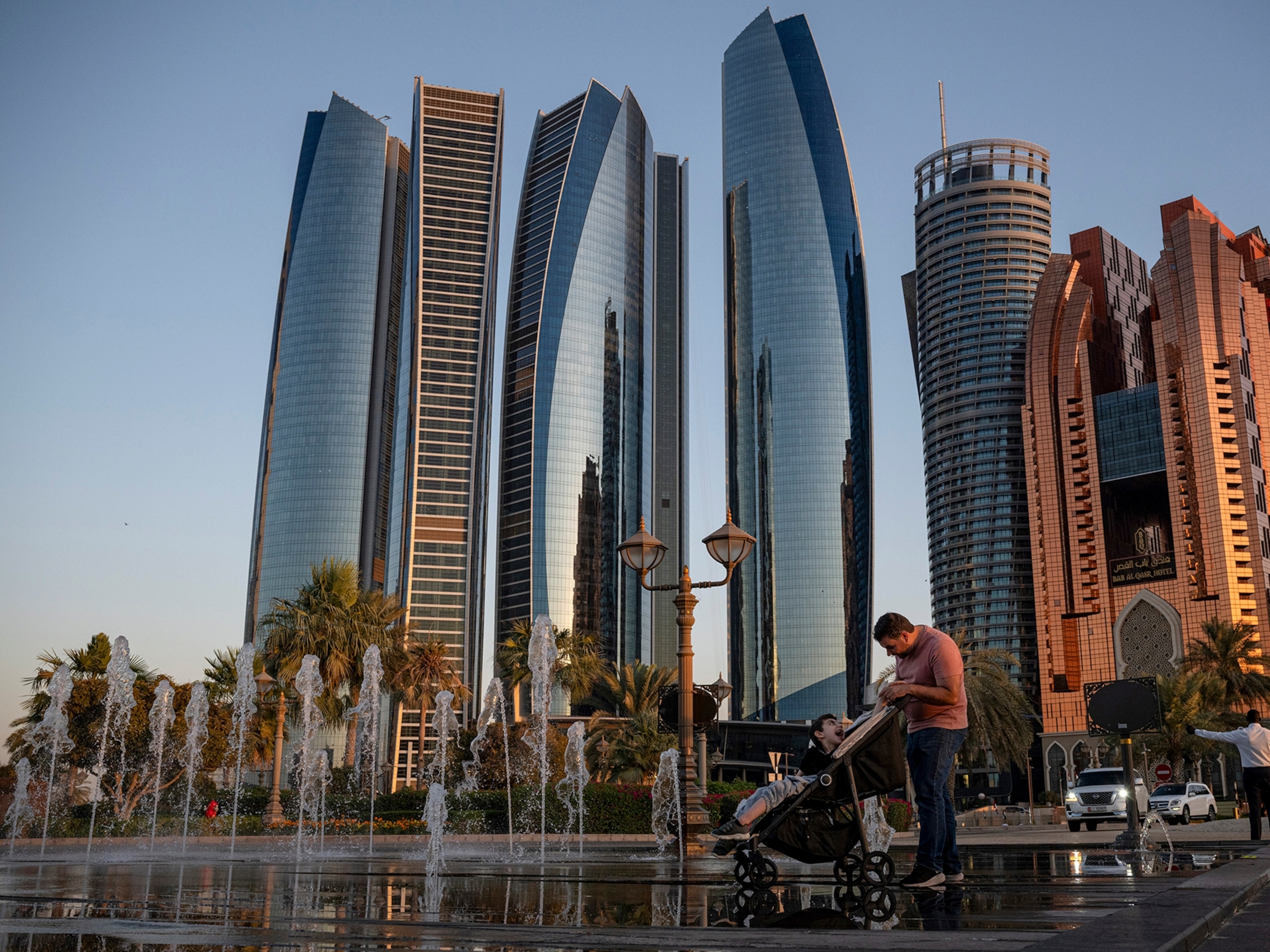
Futures
From a supersonic airliner changing the flight game to room service from local restaurants, these five stories take a peek at the future of luxury travel.
Supersonic Redux
By Scott McCartney
OF ALL THE JOYS of a bygone era of luxury air travel, Concorde was in a class by itself: supersonic flights that shrank the globe and made the hands of clocks tick backward. Now we’re closer than ever to a return to supersonic flights on commercial airlines, at prices far more affordable than Concorde ever was.
By the end of this year, a bluntly named aircraft manufacturing startup, Boom Technology, says it will fly a one-third size model of its supersonic airliner. The plane is called Baby Boom and it will test design and performance. The full-scale Boom airplane is scheduled to start three years of testing and certification in 2020. Many hurdles lay ahead, but the jet could be flying passengersin late 2023. Virgin Atlantic has ordered the first 10 of the $200 million jets. Other airlines have signed on, Boom Technology says, and a total of 76 orders are on the books so far.
Boom Technology says its Mach 2.2 plane will be able to get from New York to London in three hours, 15 minutes with round-trip tickets priced at about $5,000. Day-trips across oceans for business meetings would be possible. San Francisco to Tokyo would be five and a half hours instead of 11 hours today.
The plane will be roughly the length of a 737, only skinnier, and carry up to 55 passengers. Most rows will have a single seat on each side of the aisle with under-seat storage for carry-on bags. Seating will be about the same size as domestic first class today—38-inches for each row. While lie-flat business-class beds may be an option, there’s no need for them when you’re in the air as long as it currently takes to get from New York to Dallas.
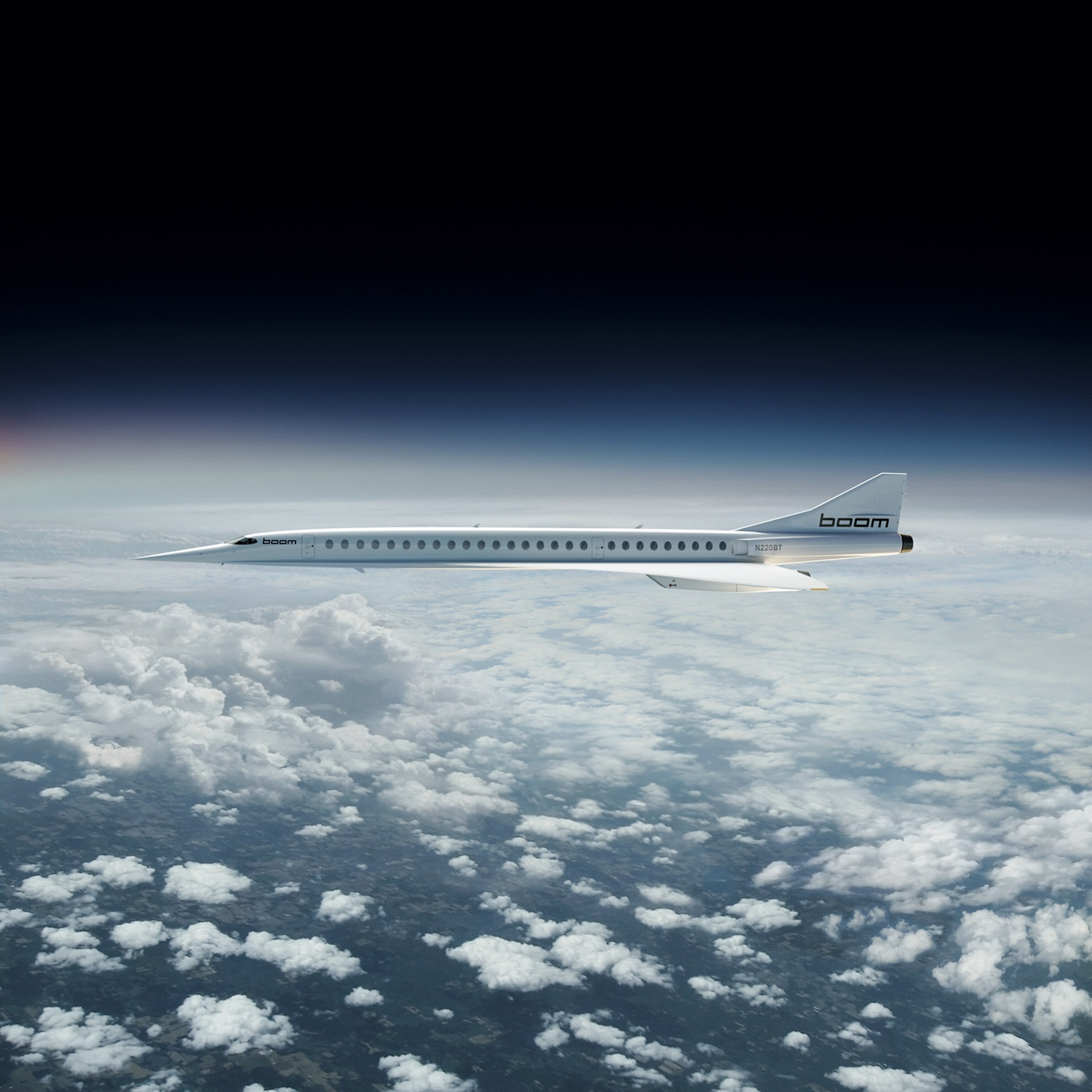
The Denver-based company, founded in 2014, is backed by Silicon Valley investors and future airline customers, including Japan Airlines, which has preordered 20 aircraft. Boom Technology says it will use mostly off-the-shelf airplane technology—conventional turbofan engines, three on each plane, and no afterburners, for example. The key enabler, says founder and CEO Blake Scholl, is building airframes out of carbon-fiber composite materials instead of aluminum, as the Boeing 787 and Airbus A350 have done. Composites are lighter, stronger and don’t expand when heated the way aluminum does. “There’s no fundamentally new technology on the plane,” says Scholl.
Traveling faster than the speed of sound creates a window-rattling boom. Today sonic booms are banned over the continental U.S., meaning the company could fly supersonic only over oceans. An effort is under way to reverse restrictions in Congress, but many lawmakers are reluctant to lift the ban without testing.
Scholl says the aircraft’s shape and size means its sonic booms won’t be as loud as Concorde’s. At a cruise altitude of 60,000 feet, or about twice as high as conventional airliners, the booms won’t rattle windows and will be about as noisy as motorcycles or weed-whackers. Even if the U.S. boom ban isn’t modified, the jet will still be financially feasible with over- ocean flights only, he says.
Supersonic travel has become a hot topic again in aviation. NASA and Lockheed Martin are working on a new breed of supersonic aircraft that will greatly minimize sonic booms. Those planes likely won’t get to commercial use until years after Boom Technology starts. Several makers are also developing supersonic private business jets. High maintenance costs, a fiery crash in 2000, and other factors killed Concorde. Boom Technology thinks it can break the supersonic barrier again for airlines with per-seat costs 75 percent lower than Concorde’s were, in today’s dollars. If it works, it’ll turn back the clocks once again.
Rising Stars
By Patrick Thomas
As Silicon Valley gets saturated, three under-the- radar towns jockey to be the next tech hotspots.
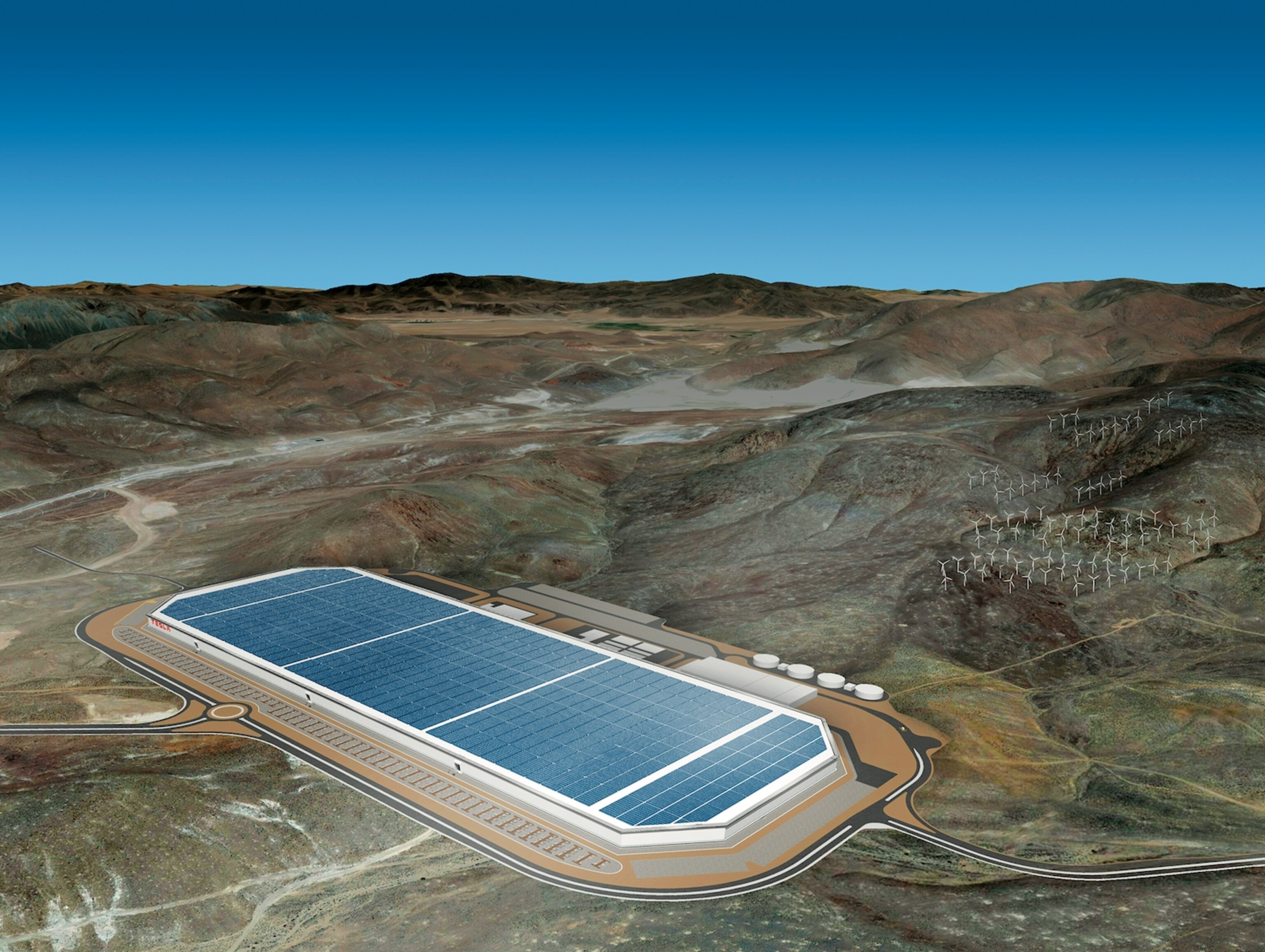
THE RECENT HIGH-PUBLICITY effort by Amazon to place its second headquarters anywhere but the Bay Area underscores a bigger trend: Major corporations, especially techy ones, are moving away from the coasts and planting flags in smaller but fast- growing U.S. metro areas in order to cash in on lower operating expenses and cost of living, not to mention less traffic.
“You’re getting this relatively sophisticated workforce that’s being encouraged to move,” says Sean Worker, CEO of BridgeStreet Global Hospitality, a company that assists with business travel. “In turn, the towns start to get the financing and infrastructure.” With more than 160,000 accommodations in 81 countries, BridgeStreet studies where development dollars are headed, including these surprising boom towns.
SPARKS, NEVADA
The once-quiet 98,000-person neighbor of Reno (10 minutes away by car) is humming because of Tesla Motors and Panasonic’s joint construction project: a large-scale battery manufacturing plant for the carmaker’s electric vehicles and stationary storage products (above). The so-called Gigafactory, which broke ground in 2014, will be 5.5 million square feet (“large enough for a hundred 747 airplanes,” Worker says) and aims to employ about 6,500 people by 2020. Worker notes that the town is known for its authentic diners and bars, like Squeeze In—“not the fancy stuff!”
CLARKSVILLE, TENNESSEE
Worker believes the skillset of the people, access to clean energy and strong partnership opportunities are what led to a major investment in the city of 150,000 people on the Kentucky border. “Google broke ground in February on a $600 million data center on 1,300 acres,” he says. “And LG is spending $250 million to build an 829,000-square-foot home appliance factory slated to employ 600 workers.” There’s plenty to do, from strolling the riverfront and hiking the Clarksville Greenway to wandering the Customs House Museum & Cultural Center (above)—but Worker’s pick is D&D Black Light Mini Golf for a round of golf.
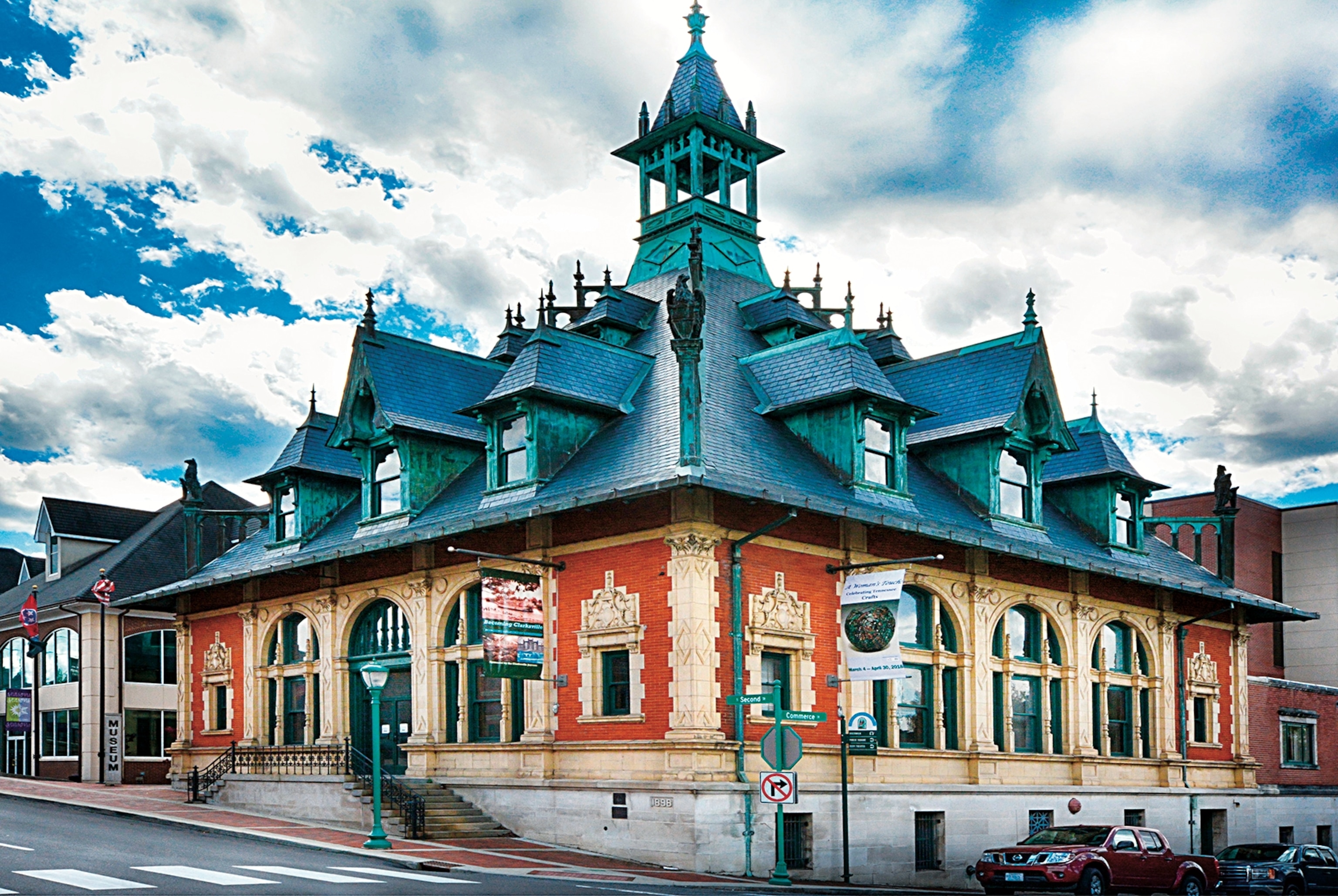
HUNTSVILLE, ALABAMA
Alabama’s third- largest city, 75 miles north of Birmingham, has long been known for its engineering prowess. The city is nicknamed the Rocket City for its role in U.S. space missions associated with the area’s U.S. Space & Rocket Center. In January, Toyota and Mazda announced plans to build together a $1.6 billion auto plant in the city of 193,000; it will eventually employ 4,000 people and assemble 300,000 vehicles a year. Huntsville is tracking to overtake Montomgery and Birmingham to become the state’s biggest city within the decade. “It’s a place with lots of Southern charm,” says Worker, who mentions that Twickenham, the city’s historic district, is a big draw.
Decision Time for Marriot and Starwood
By Scott McCartney
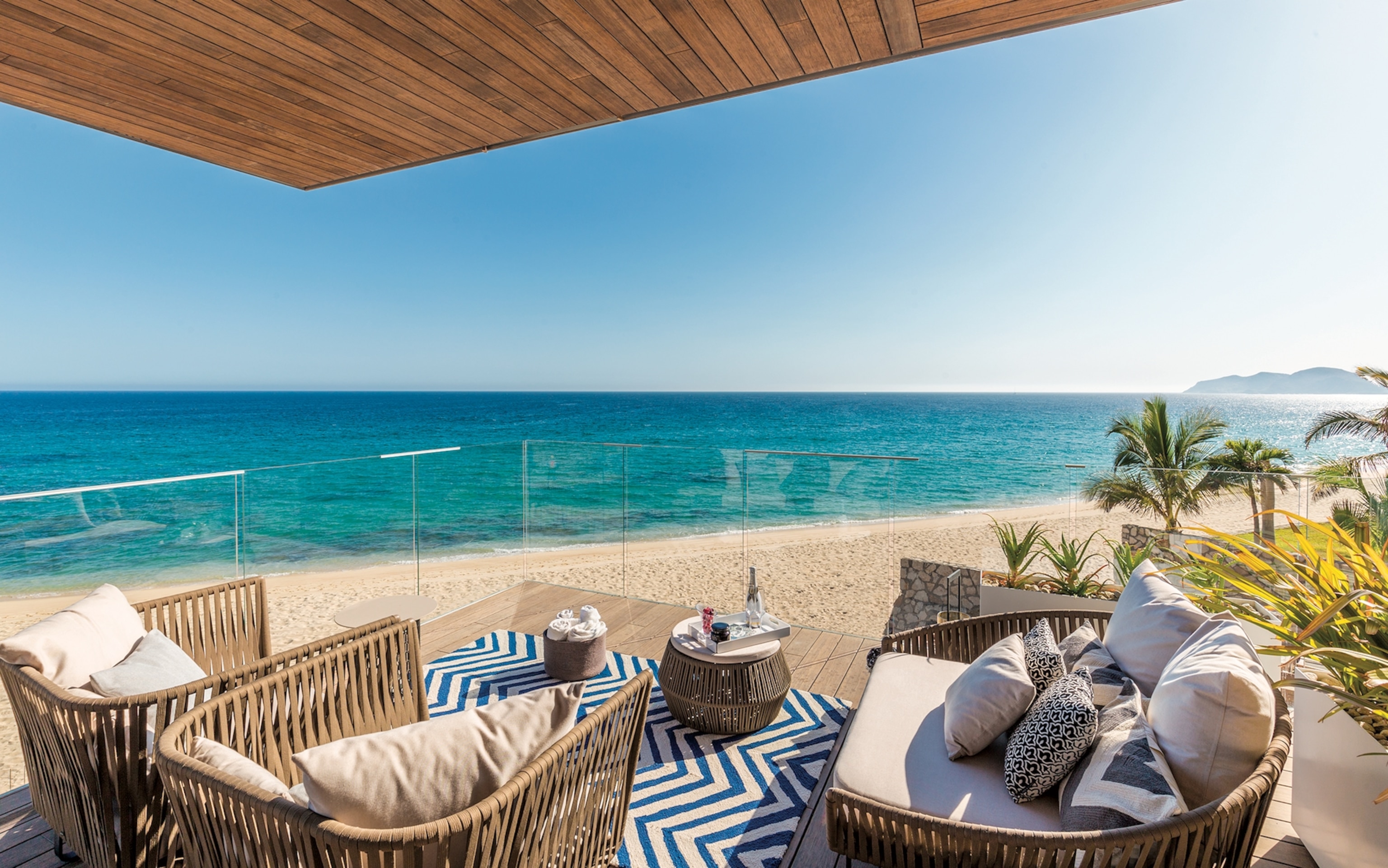
- National Geographic Expeditions
Marriott’s takeover of Starwood hotels has gone well for travelers so far. Members of either hotel company’s loyalty program get to earn and redeem points at more than 30 different hotel brands. Loyalists of Starwood (comprising 11 brands, including St. Regis, Luxury Collection, W, Sheraton and Westin) get to book Marriott hotels (its 19 brands range from Bulgari Resorts & Hotels and The Ritz-Carlton to Edition and Courtyard) at a favorable 3-to-1 conversion rate. Almost two years in Marriott is finally getting to the heart of the merger: In August, the loyalty programs will combine into one as-yet-unnamed program. Some details have been released and changes don’t seem as dire as Starwood loyalists feared. You’ll still be able to transfer points to airline programs, often with a 20 percent bonus in airline miles like before. Elite status levels will be mostly unchanged and more hotels will count toward elite-status qualifying. There will be some devaluation of points earned through existing American Express credit cards tied to the Starwood program. When the companies first combined, Marriott’s CEO, Arne Sorenson, said that the hotel giant has many reasons to keep its program popular with travelers so they’ll keep buying hotel rooms. For now, he seems to have followed through. Travelers will want to look closely at their favorite perks, however, to see if they want to check in to the new program, or check out.
Plug This In
By Scott McCartney
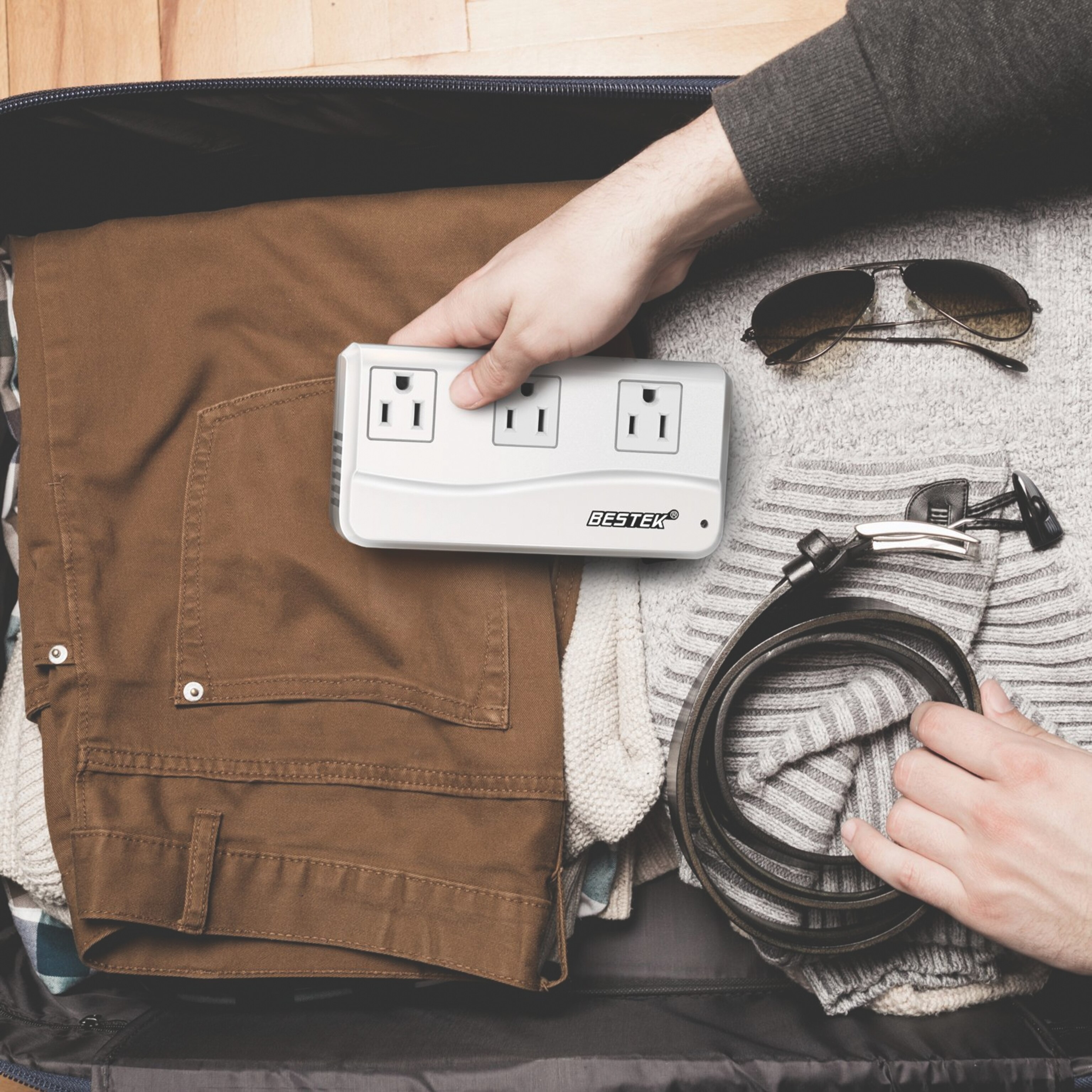
I’ve been traveling for work for 33 years. Readers of my column, “The Middle Seat,” often write and ask: What’s always in your bag? My GeekPro power converter. I bought it after frying a BlackBerry in Qatar when, in a jet-lagged state, I plugged it in with no voltage converter. While the GeekPro is no longer available, I’ve tested the BestekTravel Adapter Voltage Converter (above) and it works similarly. Both have several power plug-in and USB ports and come with international adapters. In a hotel, you only have to get behind furniture once—one plug gives you multiple outlets (I usually travel with two phones and two computers). And both are also power converters, so handy in foreign countries, and surge protectors.
Hotels Partner With Local Restaurants
By Eric Rosen
Forget cold breakfast buffets and soggy room-service sandwiches. Major hotels are aligning with nearby restaurants and delivery services to offer guests a taste of the local area, and some even offer loyalty-points bonuses to boot. Guests at the Chicago Athletic Association can order via room service from the on-property Shake Shack. Hyatt Centric’s pilot Restaurant To Go program allows guests to order takeout-style room service from Grubhub restaurants directly through the hotel website of nine participating properties like the Hyatt Centric Fisherman’s Wharf in San Francisco. IHG Rewards Club, the loyalty program of brands including InterContinental Hotels, partners with Grubhub and OpenTable, so members earn bonus points on food deliveries during stays at certain U.S. properties and for restaurant reservations booked through IHG channels like the mobile app.
